The MGC3030 is an integrated capacitive gesture sensor that could be used in a lot of projects, but unfortunately it has pretty strict requirements for how the capacitive surface needs to look like. This is an attempt at providing a ready solution, the sensor with the minimal viable surface, all as a single FeatherWing suitable for use with Adafruit's Feather boards.
Because of the requirements for at least four layers that are spaced pretty far apart, this is actually a sandwich of two PCBs, connected with pin headers.
 deʃhipu
deʃhipu
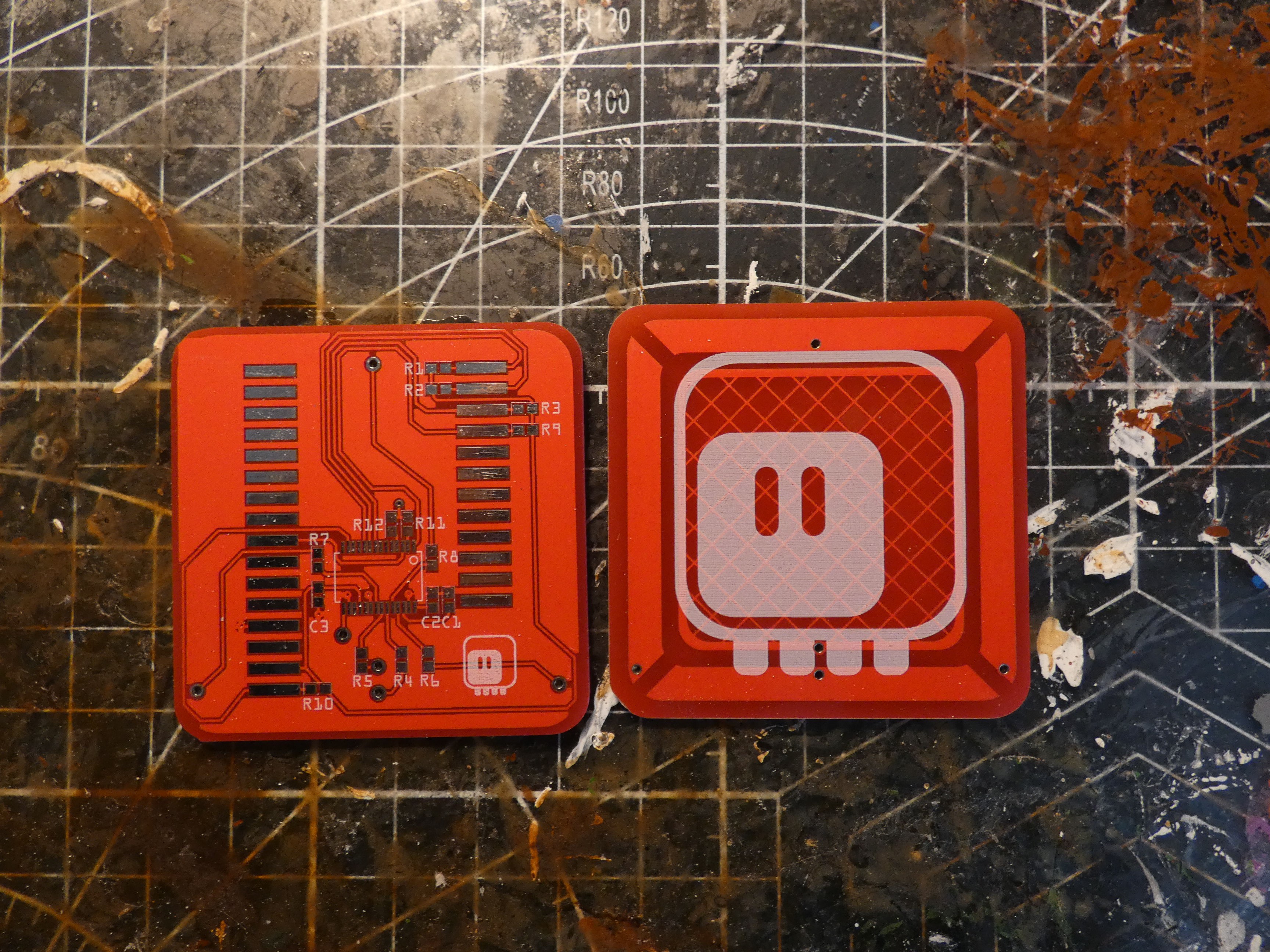
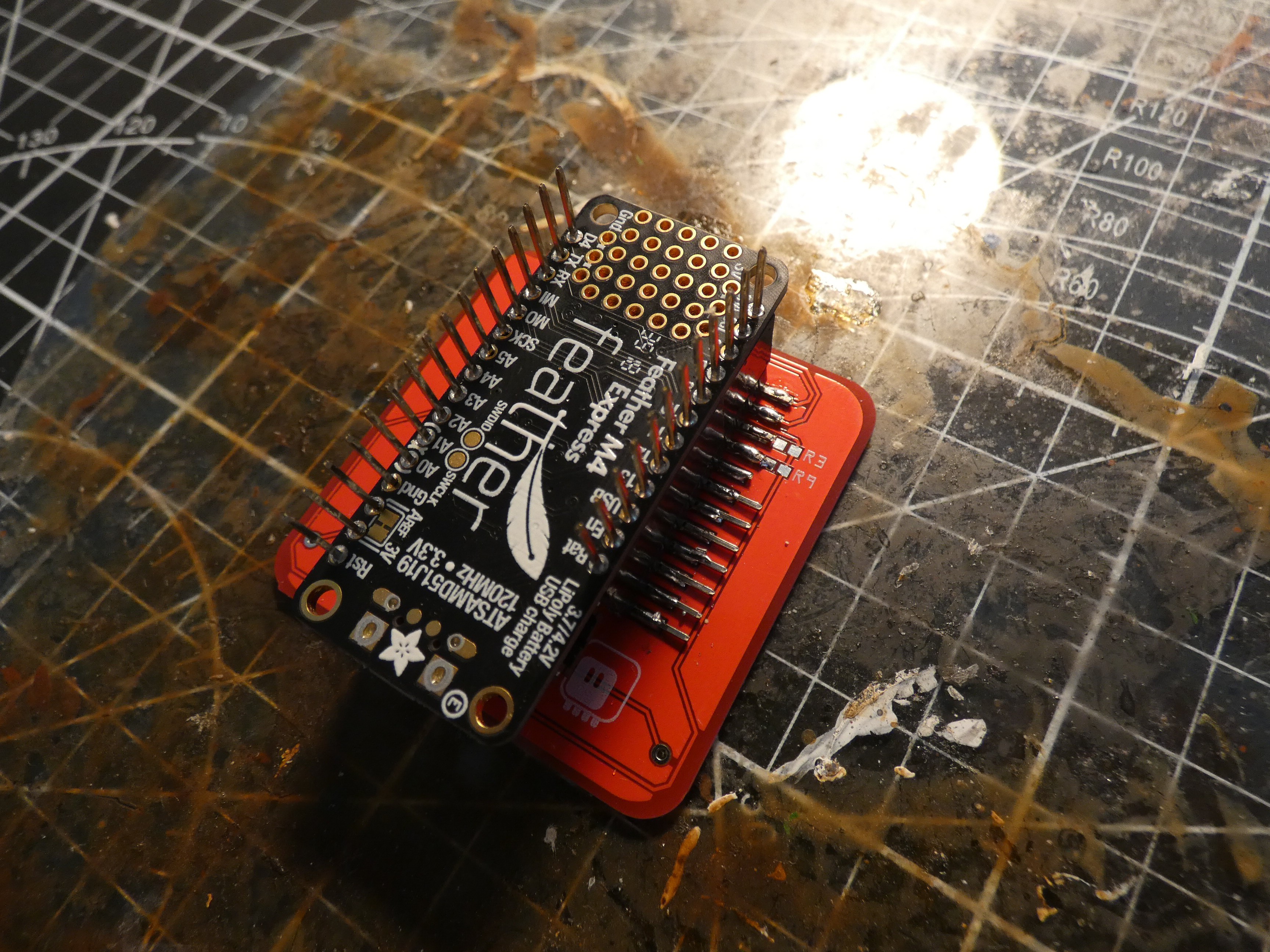
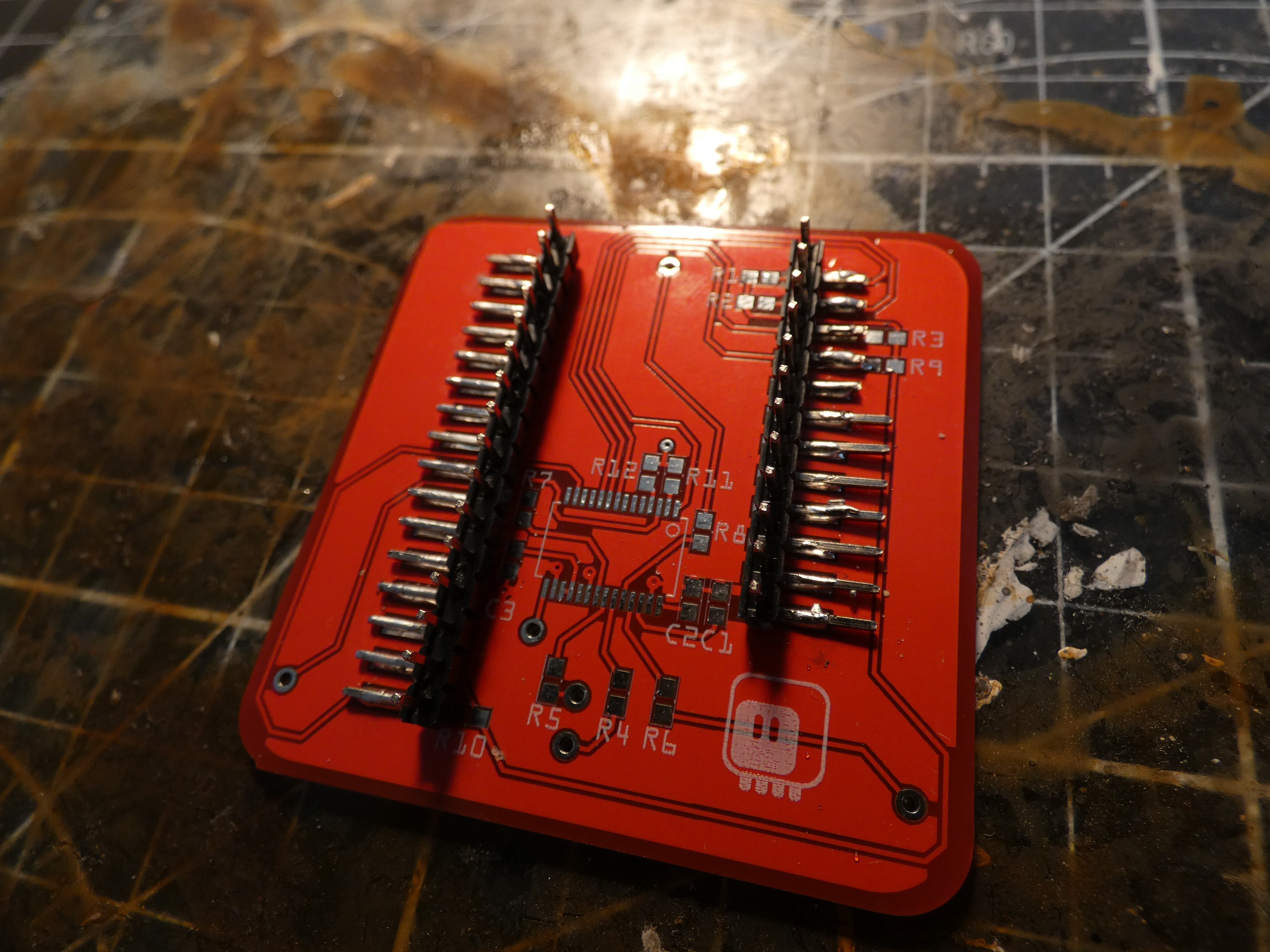

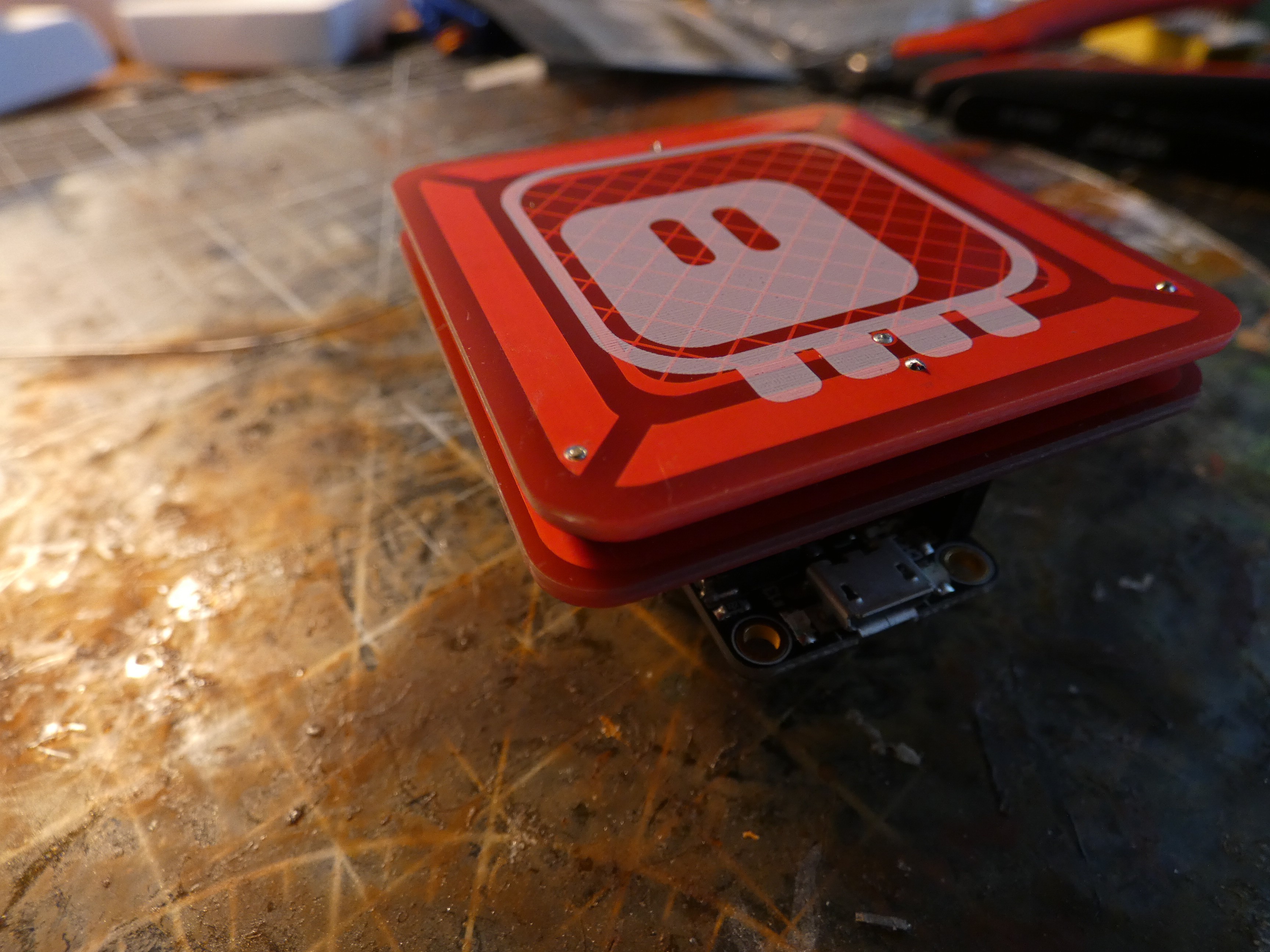

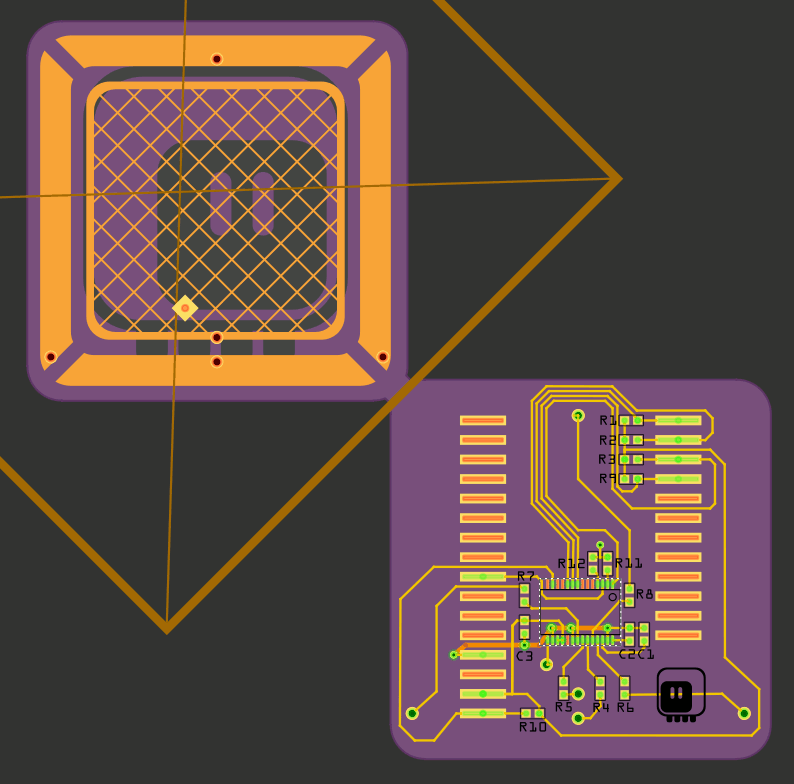
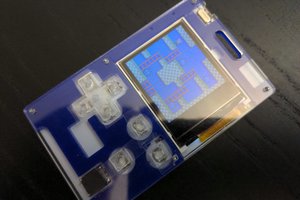

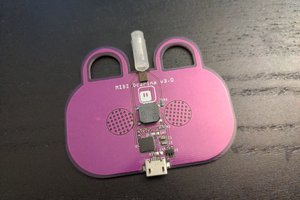

 Alex
Alex